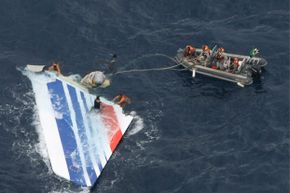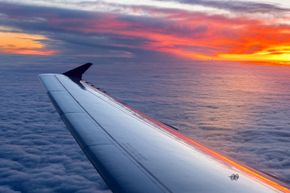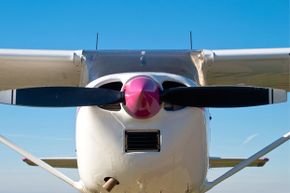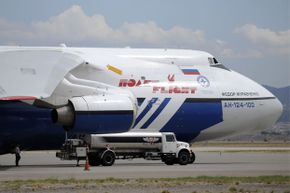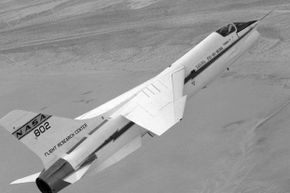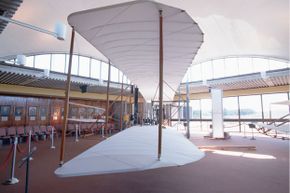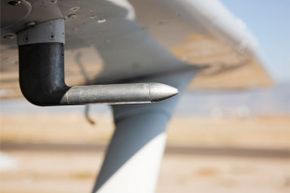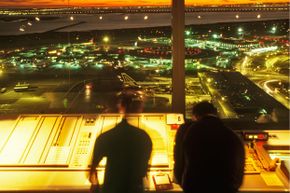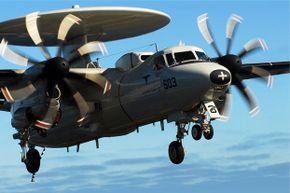Key Takeaways
- The airfoil (wing) shape allows planes to achieve and maintain flight by creating pressure differences that generate lift.
- The development of the jet engine and the adoption of kerosene-based jet fuel revolutionized aviation, providing the necessary power for longer, faster flights.
- Advances such as fly-by-wire flight controls, autopilot systems and comprehensive air traffic control systems improved aviation safety and efficiency.
On June 1, 2009, Air France Flight 447 descended unexpectedly, hundreds of feet per second, before it slammed its belly into the Atlantic Ocean, shearing the plane apart and killing all 228 passengers and crew members. Over time, accident investigators were able to piece together what went wrong on that fateful night: A combination of severe weather, equipment malfunction and crew confusion caused the aircraft to stall and drop from the sky.
Flight 447 sent a shock wave through the aviation industry. The aircraft -- an Airbus A330 -- was one of the world's most reliable planes, with no recorded fatalities flying commercially until the doomed Air France flight. Then the crash revealed the frightening truth: Heavier-than-air vehicles operate under very narrow tolerances. When everything is five by five, an airplane does what it's supposed to do -- fly -- with almost no apparent effort. In reality, its ability to stay aloft relies on a complex interplay of technologies and forces, all working together in a delicate balance. Upset that balance in any way, and a plane won't be able to get off the ground. Or, if it's already in the air, it will return to the ground, often with disastrous results.
Advertisement
This article will explore the fine line between flying high and falling fast. We'll consider 10 innovations critical to the structure and function of a modern aircraft. Let's begin with the one structure -- wings -- all flying objects possess.
